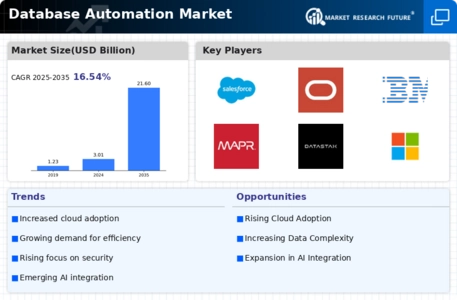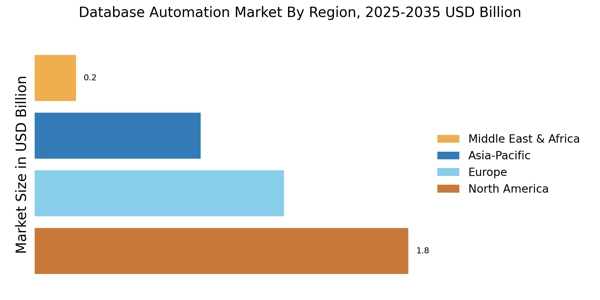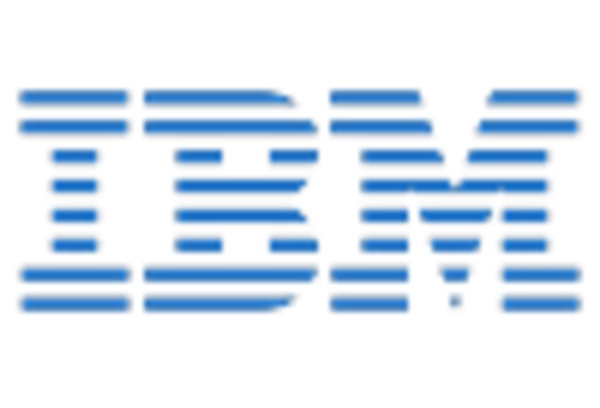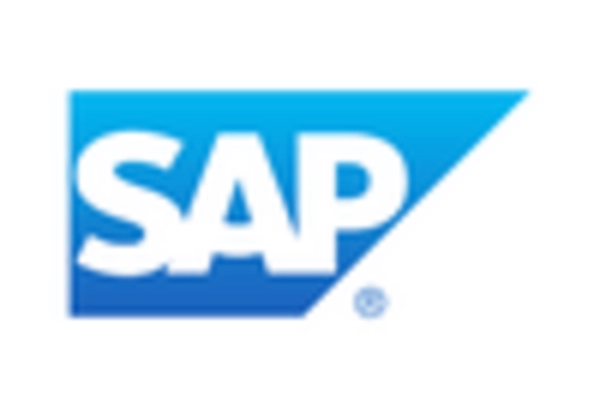Focus on Regulatory Compliance
In an era of stringent regulatory requirements, the Database Automation Market is witnessing a heightened focus on compliance. Organizations are compelled to ensure that their database management practices adhere to various regulations, such as GDPR and HIPAA. Automation tools play a crucial role in maintaining compliance by providing audit trails, data encryption, and automated reporting features. Recent findings suggest that companies utilizing automated compliance solutions can reduce the risk of non-compliance by up to 60%. As regulatory pressures continue to mount, the Database Automation Market is expected to grow as businesses seek reliable automation solutions to navigate these challenges.
Rising Adoption of DevOps Practices
The integration of DevOps practices within organizations is significantly influencing the Database Automation Market. As companies adopt agile methodologies, the need for rapid deployment and continuous integration of database changes becomes critical. Automation tools facilitate this process by enabling seamless collaboration between development and operations teams. Recent statistics indicate that organizations employing DevOps practices experience a 50% increase in deployment frequency. This shift towards DevOps is likely to drive the demand for database automation solutions, as businesses seek to enhance their software delivery processes and improve overall efficiency in the Database Automation Market.
Growing Complexity of Data Management
As the volume and complexity of data continue to escalate, the Database Automation Market is poised for growth. Organizations are grappling with diverse data sources, including structured and unstructured data, which complicates traditional database management practices. Automation tools are increasingly being adopted to handle these complexities, allowing for real-time data processing and analytics. Market data suggests that the adoption of automation solutions can lead to a 40% improvement in data handling capabilities. This trend indicates that as data environments become more intricate, the Database Automation Market will expand to meet the evolving needs of businesses.
Emergence of Hybrid Cloud Environments
The rise of hybrid cloud environments is reshaping the Database Automation Market. Organizations are increasingly adopting hybrid models to leverage the benefits of both on-premises and cloud-based solutions. This trend necessitates advanced automation tools that can manage databases across diverse environments seamlessly. Market analysis reveals that the hybrid cloud market is expected to grow at a CAGR of 22% over the next five years. As businesses transition to hybrid models, the demand for database automation solutions that can operate effectively in these environments is likely to increase, further propelling the Database Automation Market.
Increased Demand for Operational Efficiency
The Database Automation Market is experiencing a surge in demand for operational efficiency as organizations strive to streamline their database management processes. Companies are increasingly recognizing that automation can significantly reduce manual intervention, thereby minimizing errors and enhancing productivity. According to recent data, organizations that implement database automation can achieve up to a 30% reduction in operational costs. This trend is particularly evident in sectors such as finance and healthcare, where data integrity and speed are paramount. As businesses continue to seek ways to optimize their operations, the Database Automation Market is likely to see sustained growth driven by this demand for efficiency.


















Leave a Comment